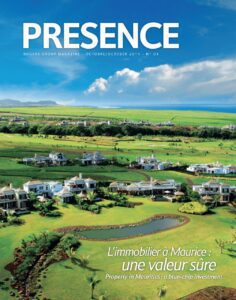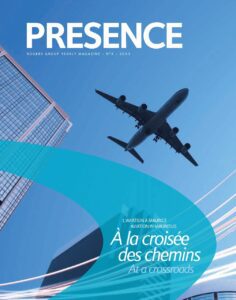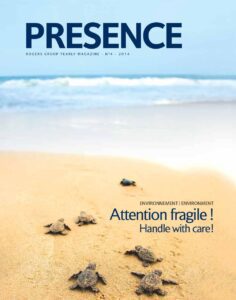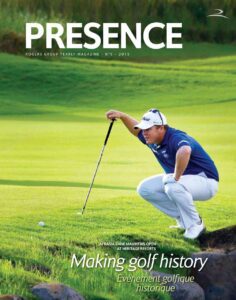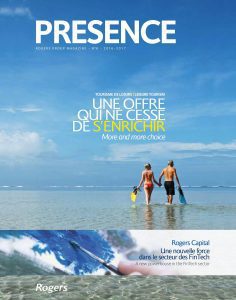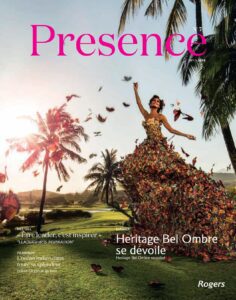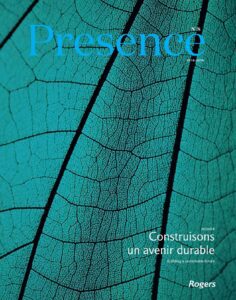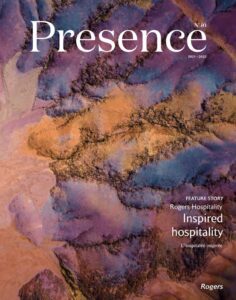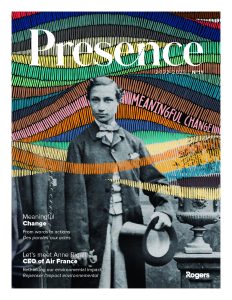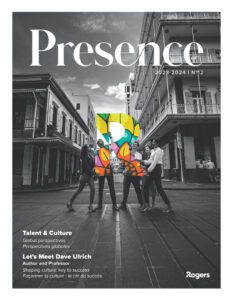Seabirds are considered to be bioindicators as study of their feeding habits enables scientists to determine the state of health of marine ecosystems and changes to them. According to the Birdlife Global Seabird Programme, they face numerous threats including from predators and poaching in their nesting sites, overfishing, marine pollution and climate change. This year, Rogers has decided to contribute financially to a Mauritian Wildlife Foundation project for the translocation of native seabird populations to
Ile aux Aigrettes from other islands around Mauritius. The initiative was launched in 2009 with the aim of restoring a lost seabird community and since then, 280 seabirds of five different species have been released to new sites. Translocations are an essential tool to ensure the survival of threatened species and the importance of this trial lies in the fact that it is the first time these species have been translocated or hand-reared. Information collected on fledgling times, growth and provisioning rate as well as fledging survival is adding to current scientific knowledge about seabirds.
Seabird translocation
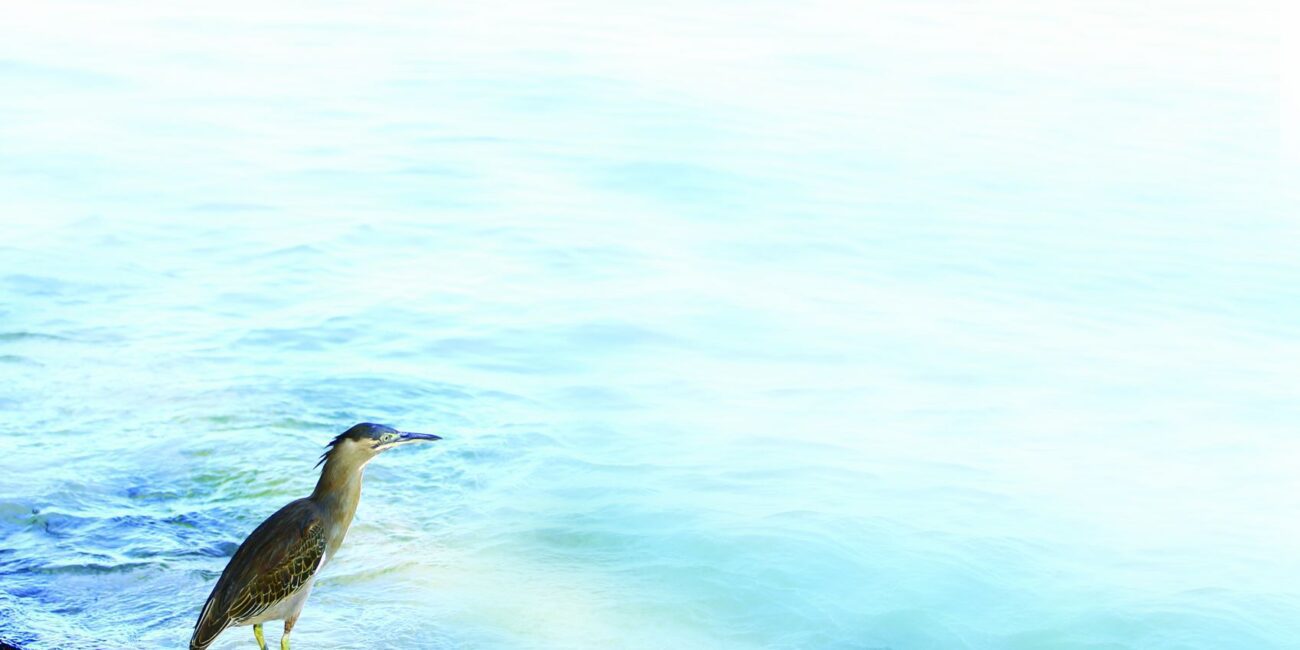
Share on Facebook
WhatsApp
LinkedIn
Email
Twitter








